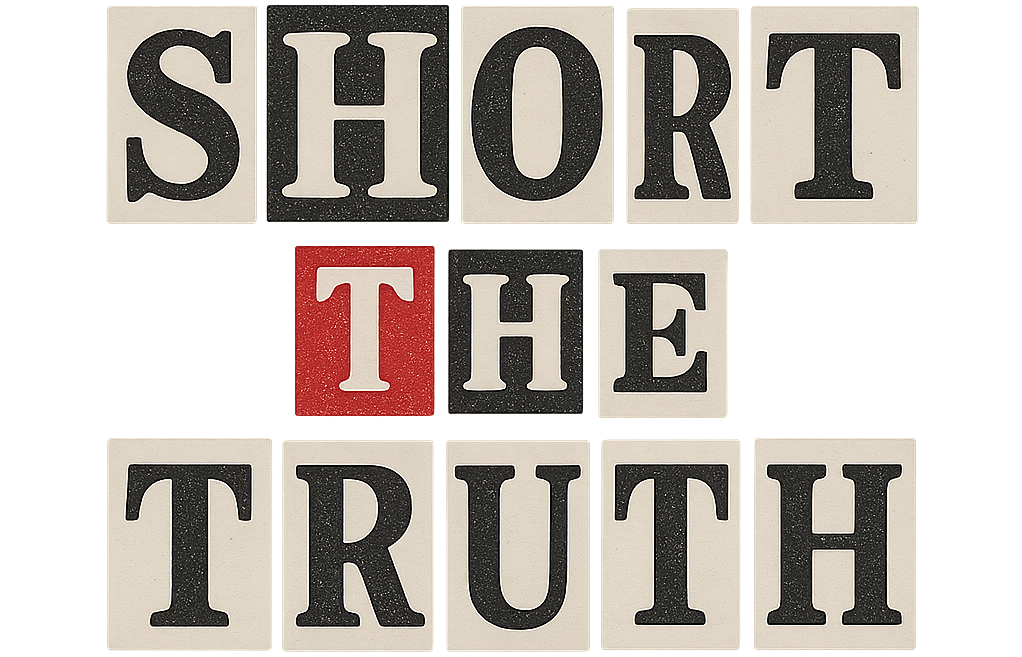Amidst the eternal hustle of the Galápagos Islands, where iguanas sunbathe like retirees on a budget cruise and blue-footed boobies continue their deeply unserious courtship dances, researchers have made a rather more serious discovery: a newly identified species of giant tortoise that, for decades, everyone had mistakenly assumed was the same as that other giant tortoise just over there.
The revelation came thanks to Chilean scientist Dr. Luciano Beheregaray and his international team of researchers who examined the tortoise population on San Cristóbal Island, one of the easternmost in the Galápagos chain. Previously, it was widely believed that these tortoises were all variations of the Chelonoidis chathamensis species, which, to be fair, is not a name that rolls off the tongue but gets the job done. However, the researchers say genetic analysis tells a story of not one species but two, and with the DNA doing cartwheels under the microscope, they are now proposing a brand new species entirely, which is always exciting in biology but never bodes well for naming committees.
In a moment of both revelation and historical correction, the new study published in the journal Nature asserts that the tortoise long-believed to be Chelonoidis chathamensis is actually a separate lineage that diverged from its cousin roughly 1.5 million years ago. That means for over a century, science had these slow-moving vegetarians mislabeled, which is only slightly more embarrassing than forgetting your own cousin’s name at a family reunion.
The existing Chelonoidis chathamensis, it turns out, may have already gone extinct. The bones collected in the late 19th century — used to describe the species in the first place — do not match the DNA of the living tortoises currently on San Cristóbal. So the actual Chelonoidis chathamensis may belong to the annals of “things that used to be here and are now mostly bones,” joining the ranks of dinosaurs, the Dodo, and polite political discourse.
Scientists are now pushing to formally name and describe this newly recognized species, which will require not just paperwork and peer review but also the kind of fierce naming debate usually reserved for new roller coasters or celebrity babies.
The new tortoise species is not only scientifically fascinating but also critical for conservation, since accurate species classification directly affects preservation efforts.
As always, knowing who you are is the first step to being protected, whether you’re a tortoise or just trying to get through TSA.

